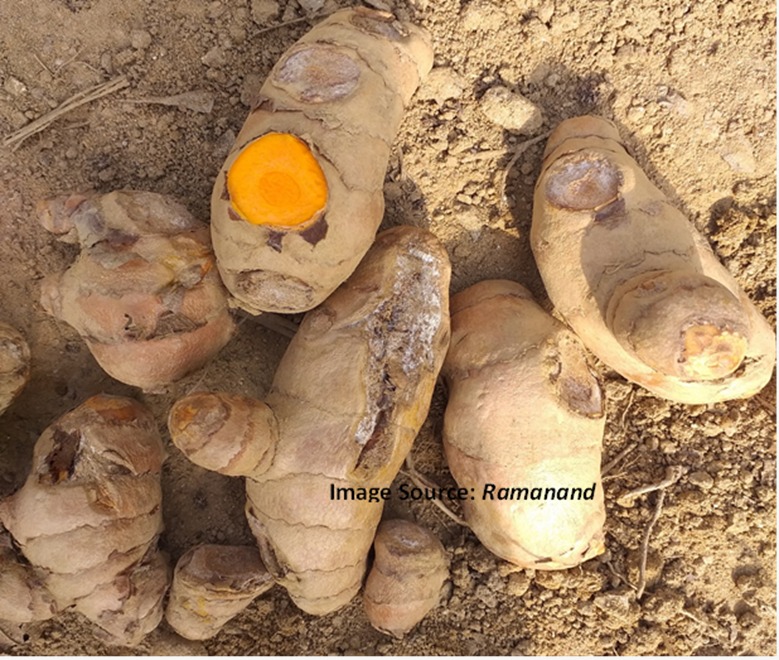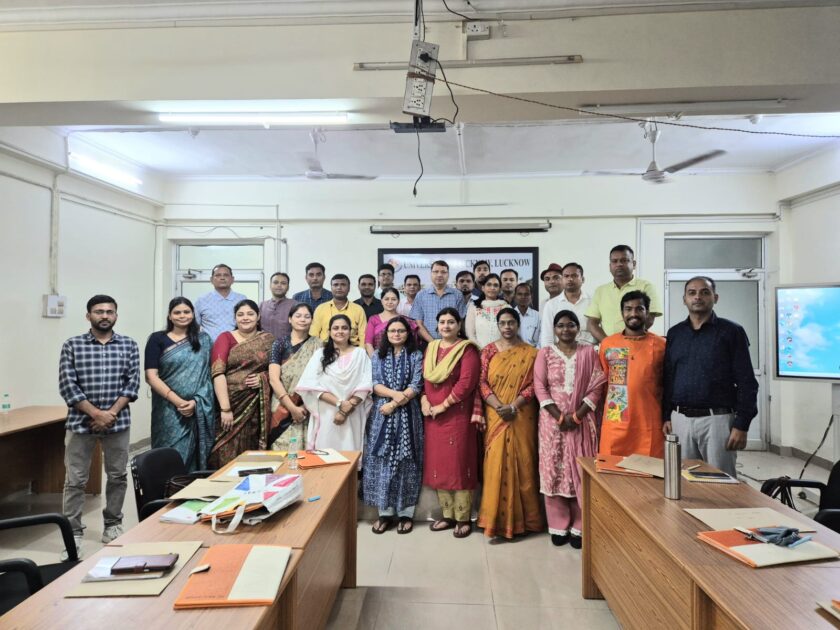Lucknow – Turmeric, often hailed as the “golden spice of India,” has been revered for centuries for its culinary, medicinal, and cultural importance. But new research from the University of Lucknow has uncovered previously unknown fungal threats that could endanger this vital crop.
Dr. Ramanand Yadav, who recently completed his Ph.D. under the supervision of Professor Amritesh Chandra Shukla in the Department of Botany, has identified two fungal pathogens never before reported on turmeric. His findings mark a significant advancement in plant pathology and turmeric research.
According to the study, Colletotrichum siamense causes a destructive leaf spot disease, with the research published in the renowned international journal New Disease Reports (British Society for Plant Pathology in association with Wiley). Meanwhile, Fusarium proliferatum was found responsible for rhizome rot, a condition that reduces both yield and quality. This work is in press with the Australasian Journal of Plant Pathology (Springer Nature, Australasian Plant Pathology Society).
For global accessibility, Dr. Yadav’s team deposited the genomic sequences of both pathogens in the NCBI GenBank database with accession numbers (Colletotrichum siamense: ITS OQ086954, GAPDH OQ991912; Fusarium proliferatum: 18S rRNA OP679873, ITS PQ725671, Beta tubulin PV131043). Pure cultures were also submitted to the National Agriculturally Important Microbial Culture Collection (NAIMCC) at ICAR-NBAIM, Mau, Uttar Pradesh (Accession Numbers: NAIMCC-F-04638 and NAIMCC-F-04637).
“These steps will help scientists worldwide develop effective diagnostic and control measures,” Dr. Yadav explained.

Prof. Shukla praised his student’s work, noting: “During his Ph.D., Dr. Yadav successfully managed these pathogens under in-vitro and greenhouse conditions using plant metabolite-based formulations. This approach not only combats fungal threats but also improves the curcumin content of turmeric, while reducing dependence on synthetic pesticides.”
India, which accounts for over 62% of global turmeric trade, exported 1.62 lakh tonnes of turmeric and turmeric products worth USD 226.5 million in 2023–24, according to the Press Information Bureau of India.
The discovery comes at a pivotal moment, as the Government of India recently set up the National Turmeric Board to promote turmeric research, value addition, and exports. Experts believe that Dr. Yadav’s breakthrough will complement these national efforts, safeguarding turmeric cultivation against emerging diseases and boosting India’s dominance in global turmeric trade.






